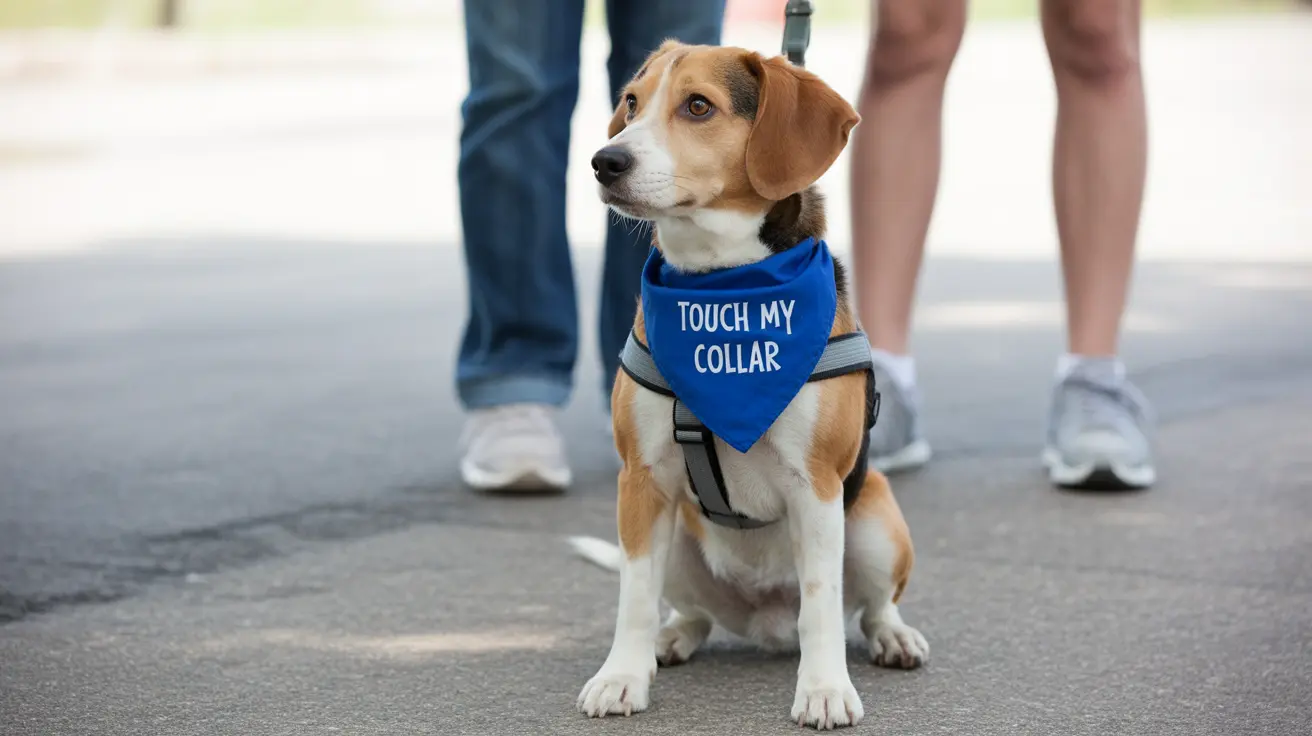How Dogs Perceive Humans: A Glimpse Into the Canine Mind
Dogs have coexisted with humans for thousands of years, developing a unique interspecies relationship based on trust, cooperation, and social bonding. While dogs are often referred to as “man’s best friend,” how they actually perceive a human is both fascinating and deeply rooted in biology, behavior, and the process of domestication.
Species Recognition and Differentiation
Despite close interactions, dogs do not see humans as other dogs. They clearly distinguish the species difference through:
- Scent: Dogs have over 300 million scent receptors, dwarfing the 6 million found in humans. This acute sense of smell allows them to detect biological differences instantly.
- Visual Cues: Dogs notice humans' bipedal stance, lack of body fur, and opposable thumbs.
- Behavioral Understanding: Humans don't engage in typical dog social behavior like tail wagging or scent marking, reinforcing the species difference.
Sensory Perception and Communication
The canine sensory toolkit is highly advanced. Dogs use their senses to gather an overwhelming amount of information:
- Pheromone Detection: Through the Jacobson’s organ, dogs can sense emotion-related chemosignals in humans.
- Sound Sensitivity: Dogs are attuned to the tone of voice and can interpret emotional content in human speech.
- Visual Interpretations: Although colorblind to reds and greens, dogs accurately perceive movement and human body language.
The Role of Smell in Human Recognition
The canine olfactory system informs far more than simple identification. Each human has a unique scent, influenced by diet, mood, and health.
- Illness Detection: Dogs can be trained to identify specific diseases such as cancer or diabetes.
- Mood Sensing: Dogs pick up stress, happiness, or fear through subtle chemical changes.
Emotional and Social Bonding
Dogs form attachments not by mistaking humans for other dogs, but through emotional experiences:
- Secure Base Effect: Much like infants, dogs explore more confidently when near a trusted human.
- Eye Contact: Once considered threatening in the wild, domesticated dogs understand a prolonged gaze from a human as affectionate.
- Understanding Routines: Dogs anticipate daily human behaviors and adjust their emotional responses accordingly.
Human-Dog Communication
While not fluent in human language, dogs understand an impressive number of words and gestures:
- Vocabulary: Dogs can learn 165–250 words, and gifted individuals may learn more.
- Gestural Understanding: They interpret human pointing, movement, and expressions to understand intentions.
Cognitive and Emotional Intelligence
Through evolution and cohabitation, dogs have developed complex cognitive responses to humans:
- Episodic-like Memory: Dogs remember people and past social interactions.
- Overimitation: Dogs mimic human actions, even if the actions are unnecessary.
- Social Synchronization: Canines mirror the stress levels of their owners, showing emotional alignment.
Children and Dogs
Dogs may perceive children differently than adults:
- Children as Playmates: Depending on the environment, dogs might treat children as equals, dependents, or even rivals.
- Limited Caregiver Role: Dogs may not see children as providers, but still form attachments.
Domestication and Evolution
Wolves and dogs are closely related, but dogs have evolved significant traits to thrive with humans:
- Sociability: Unlike wolves, dogs are naturally drawn to humans and respond positively to social cues.
- Genetic Adaptations: Domestication has favored traits like reduced fear and increased attention to humans.
Ethical Considerations in Human-Dog Relationships
Dogs’ dependence on humans imposes a moral responsibility:
- Care Beyond Survival: Enrichment, training, and attention are essential to a dog’s mental wellbeing.
- Trust-Based Relationship: The bond is more akin to companionship than dominance.
Conclusion: A Unique Interspecies Bond
In the eyes of a dog, a human is not another canine but a trusted partner, caretaker, and companion. Dogs recognize our facial expressions, moods, routines, and even health discrepancies. The human-dog relationship is unique in the animal kingdom, forged by thousands of years of mutual cooperation and social alignment. Understanding how dogs see us enhances our capacity to care for, communicate with, and respect these remarkable animals.





